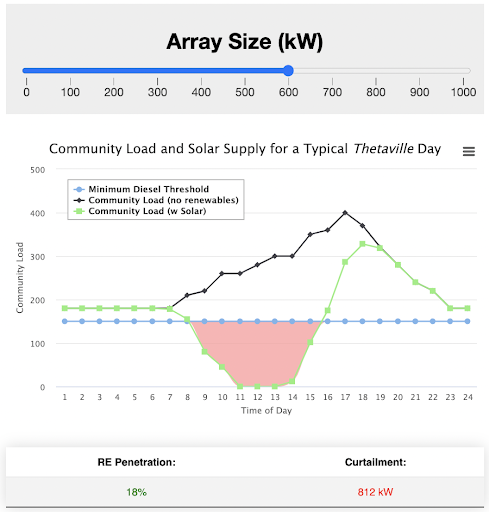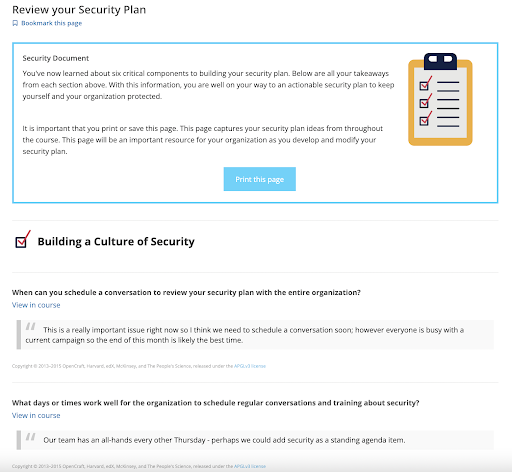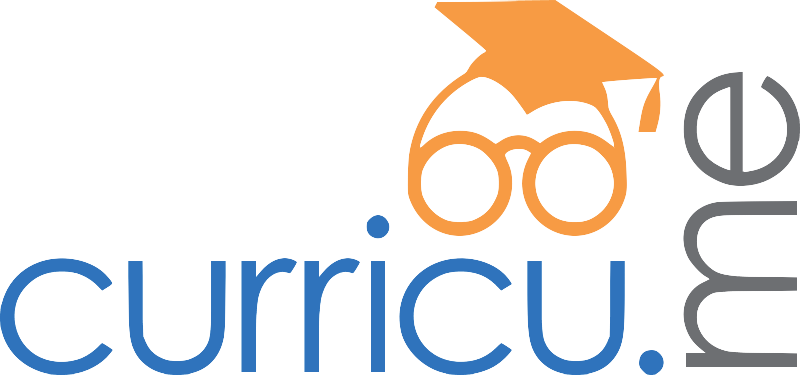One of the challenges of online courses is creating authentic assessments that go beyond traditional multiple-choice questions. While online courses often use automated quizzes and tests to assess student learning, those assessments may not be able to properly assess learning or the ability to apply what someone has learned in another context (and afterall, isn’t that application usually the goal of learning?)
To create more authentic assessments in online courses, educators may need to use alternative methods, such as case studies, simulations, or performance tasks, that allow students to demonstrate their understanding and skills in more realistic settings. By doing so, online courses can better prepare students for success in their future careers and other real-world situations.
Our team really enjoys the challenge of creating assessments that are interactive, relevant and provide opportunities for practice. Below are a couple of examples of assessments that we’ve created that we think can provide some inspiration for authentic, relevant assessments online.
Example 1: The Case Study

In this course, we created a hypothetical community that was representative of the rural communities that used renewable energy sources discussed in the course. The fictional community was referenced through the course, with a fictional ‘town website’ used to house information that would be helpful in completing case study activities (such as town demographics, solar and wind energy data, etc.). The goal in this course was to provide learners the opportunity to use community data to make decisions about renewable energy.
Example 2: The Interactive Chart


In this course learners were learning the foundational concepts for creating a microgrid. A case study was used throughout the course to give learners the chance to apply the concepts that they were introduced to in the course. These interactive hi-charts were used to help learners visualize concepts in the course. In this particular example learners were encouraged to play with the array size to observe the effect on the renewable energy penetration and curtailment numbers. After manipulating these charts, learners answered a series of multiple choice and reflective questions to finish the case study activity.
Example 3: The Cybersecurity Plan

Throughout the modules in this cybersecurity course, learners were asked to review material and then answer a series of questions about how they would implement what they learned in their own organization: for example, “What will be the key elements of your organization’s social media policy? How will it be enforced?” or “How will your organization implement a secure data storage and backup solution? What obstacles might you encounter during implementation?”.
At the end of the course, all of their answers to those questions had been shared and curated into a security plan document that could be printed and shared within their organization or used to start conversations about an organizational strategy.
Authentic assessments in online courses can lead to increased student engagement and motivation, as well as improved retention and transfer of knowledge.
When you are planning for assessments in an online course, keep these points in mind:
- Use a variety of methods (simulations, quizzes, reflection questions, peer feedback, etc.)
- Make assessments relevant and engaging
- Provide timely feedback and support from peers & the instructors
- Use the data available to track engagement & learning

